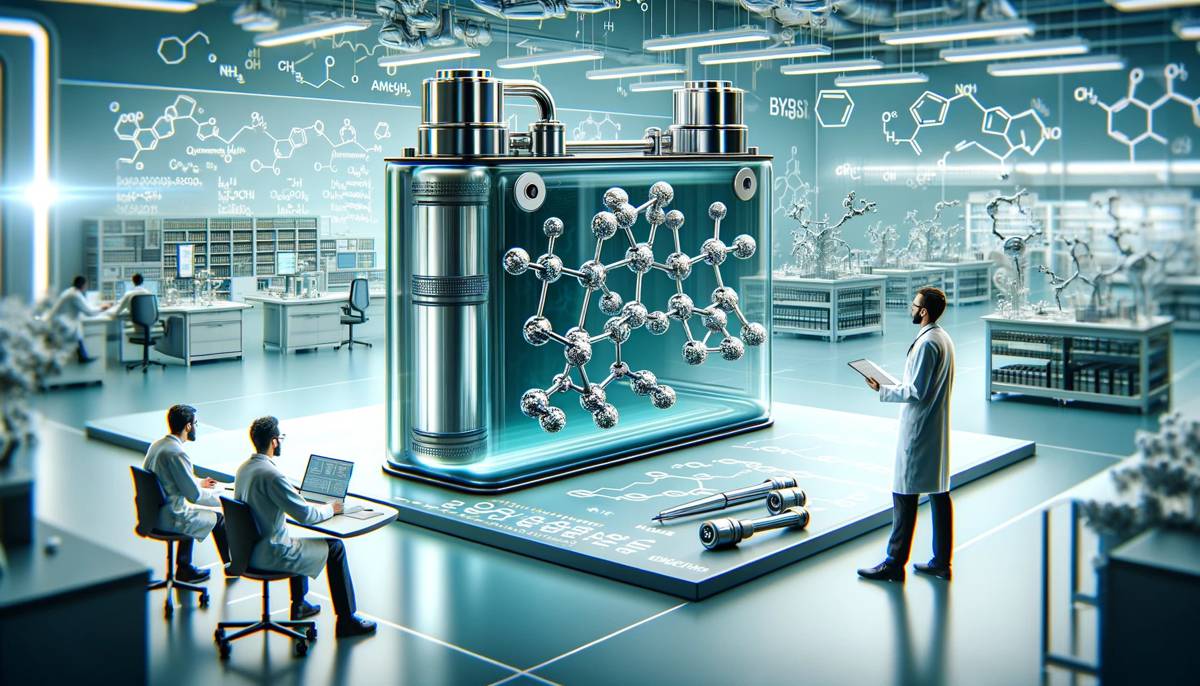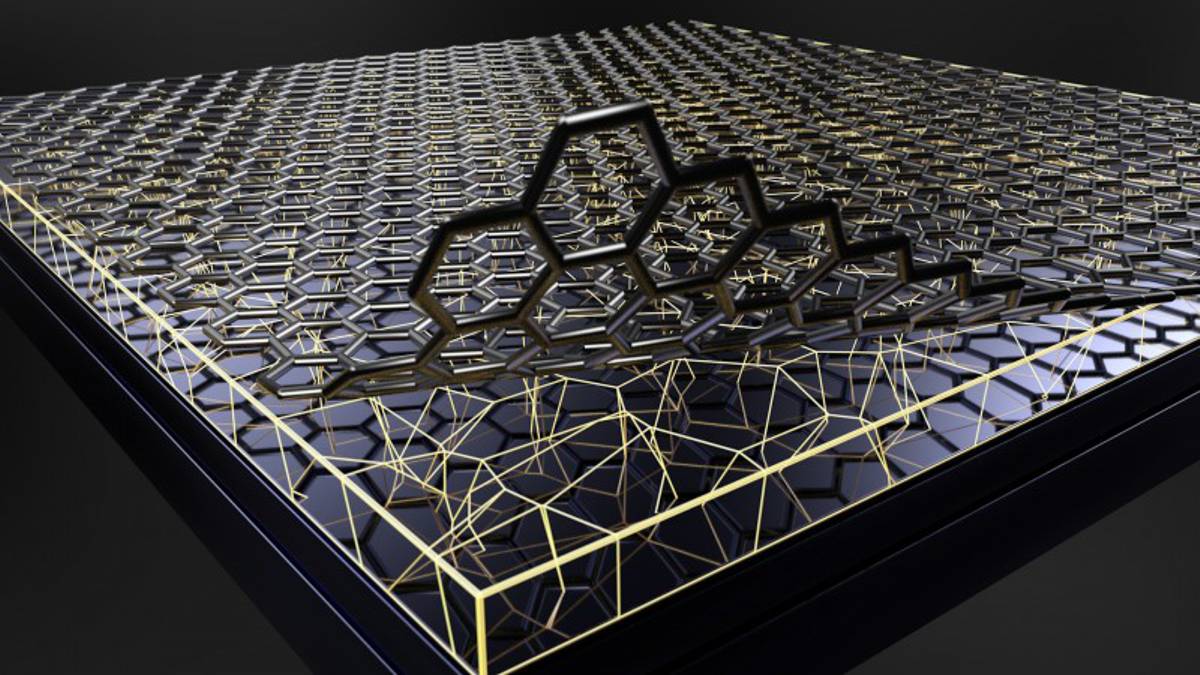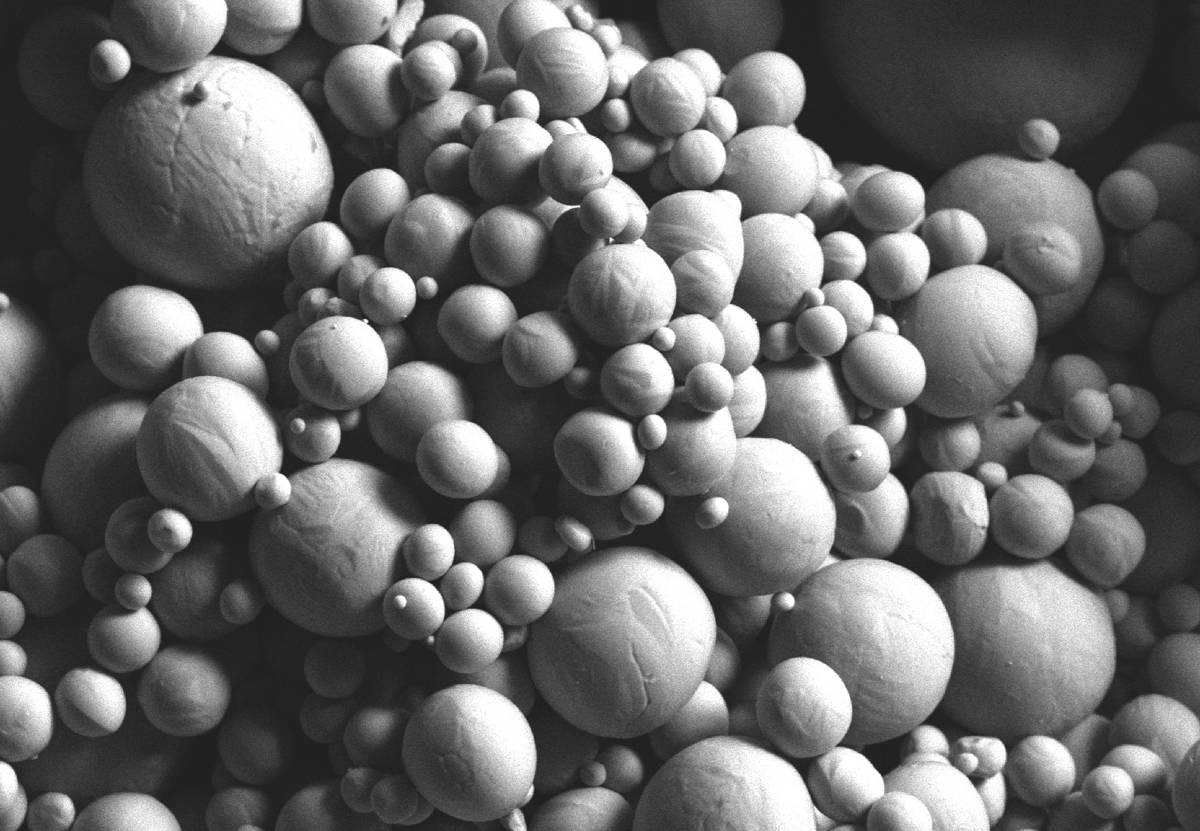Holding materials together with Electroadhesion
Is there a way to stick hard and soft materials together without any tape, glue or epoxy? A new study published in ACS Central Science shows that applying a small voltage to certain objects forms chemical bonds that securely link the objects together.
Reversing the direction of electron flow easily separates the two materials. This electroadhesion effect could help create biohybrid robots, improve biomedical implants and enable new battery technologies.
When an adhesive is used to attach two things, it binds the surfaces either through mechanical or electrostatic forces. But sometimes those attractions or bonds are difficult, if not impossible, to undo. As an alternative, reversible adhesion methods are being explored, including electroadhesion. Though the term is used to describe a few different phenomena, one definition involves running an electric current through two materials causing them to stick together, thanks to attractions or chemical bonds.
Previously, Srinivasa Raghavan and colleagues demonstrated that electroadhesion can hold soft, oppositely charged materials together, and even be used to build simple structures. This time, they wanted to see if electroadhesion could reversibly bind a hard material, such as graphite, to a soft material, such as animal tissue.
The team first tested electroadhesion using two graphite electrodes and an acrylamide gel. A small voltage (5 volts) was applied for a few minutes, causing the gel to permanently adhere to the positively charged electrode. The resulting chemical bond was so strong that, when one of the researchers tried to wrench the two pieces apart, the gel tore before it disconnected from the electrode. Notably, when the current’s direction was reversed, the graphite and gel easily separated — and the gel instead adhered to the other electrode, which was now positively charged. Similar tests were run on a variety of materials — metals, various gel compositions, animal tissues, fruits and veggies — to determine the phenomenon’s ubiquity.
For electroadhesion to occur, the authors found that the hard material needs to conduct electrons, and the soft material needs to contain salt ions They hypothesize that the adhesion arises from chemical bonds that form between the surfaces after an exchange of electrons. This may explain why some metals that hold onto their electrons strongly, including titanium, and some fruits that contain more sugar than salts, including grapes, failed to adhere in some situations.
A final experiment showed that electroadhesion can occur completely underwater, revealing an even wider range of possible applications. The team says that this work could help create new batteries, enable biohybrid robotics, enhance biomedical implants and much more.















